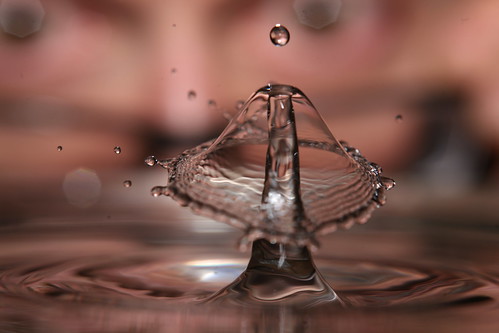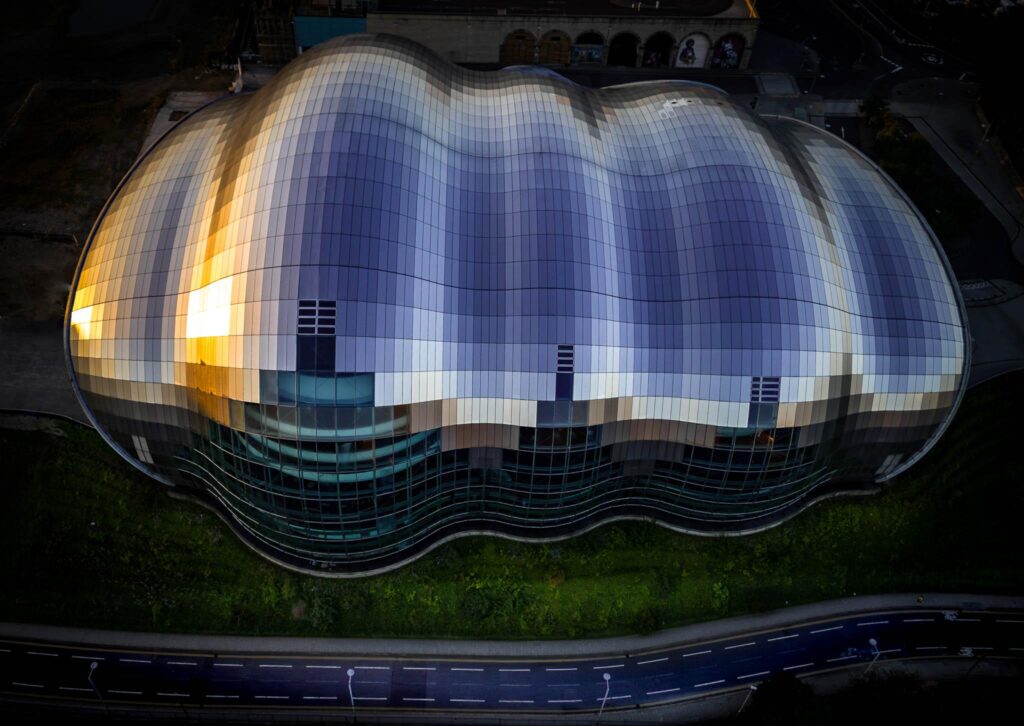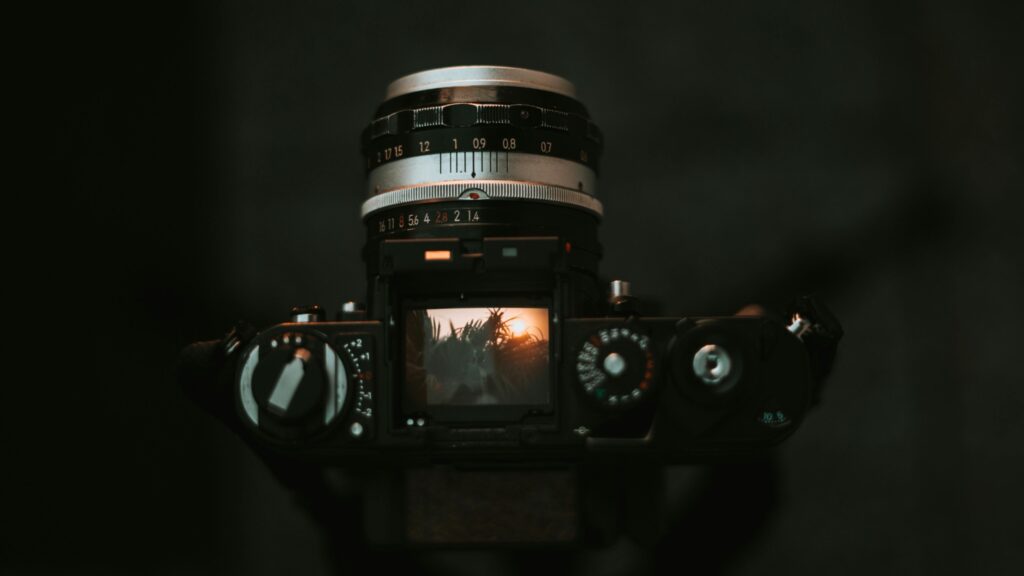Years ago, photographers would observe a scene through their viewfinder and turn the focusing ring slowly to bring the scene into focus. Much has changed since then. These days, all you have to do is point and shoot, the autofocus takes care of your focusing worries. But there are situations where Manual Focus becomes a safer bet. Here are 10 reasons why you should use manual focus.
1. Focusing in low light
In low light scenes, autofocus becomes sluggish and inaccurate. The camera faces difficulty in finding the subject to focus and the low levels of light don’t help. Manual focus is also the best bet when photographing the night sky and capturing light painting.
Photo by jkirkhart35, on Flickr
2. Focusing on dull subjects
It’s not just during low light that the autofocus system in your camera faces difficulty. Even in bright light, it struggles to focus on subjects that lack contrast, thus necessitating the need for manual focus.
Photo by Fey Ilyas, on Flickr
3. Pre-focusing at a point
When you are expecting a fast subject to pass a point, it’s always better to pre-focus at that point and wait for the action to occur, firing the shutter at the right moment. This way you don’t lose time in focusing, and gives you a better chance of getting a sharp shot. This comes in handy when you are capturing sports action, or photographing a butterfly that keeps returning to the same spot, perhaps.
Photo by Ajith (അജിത്ത്), on Flickr
4. Photographing through obstacles
When shooting through obstacles like wire meshes, glass, or bars of a cage, autofocus systems struggle to function as expected. So, when you are shooting through the window from inside your car, or photographing the animals in a cage in the zoo, MF is the way to go.
Photo by Ian Sane, on Flickr
5. Capturing out-of-focus photographs
This one does not need explanation. Autofocus systems are designed to capture sharp images, but when your requirement is a shot where you intentionally want everything blurred, you have to choose manual focus.
Photo by Jonathan Kos-Read, on Flickr
6. Capturing close-ups
When shooting macros, even the slightest error in focusing can result in an image that lacks sharpness. In such situations, when the depth of field is very shallow, using autofocus can be problematic. You should use a tripod, and focus manually on the subject. For shooting at the closest distance from the lens, you may have to physically move the camera closer or further away from the subject.
Photo by laszlo-photo, on Flickr
7. Focusing with wide-angle lenses
When you are using a wide-angle lens, it may so happen that your subject is smaller than the AF point of your camera. In such situations, the camera may focus on the background and the subject is rendered blurry. With wide-angle lenses, it is easiest to focus manually by setting a narrow aperture like f/8 or f/11. Similarly, it’s best to use manual focus when your main subject is a tiny spot in front of a dominant background.
8. Shooting silently
You may have been in situations when you felt that the autofocus motor inside your camera was way too loud. In situations where you need silence, manual focus comes handy. Examples include shooting concerts, animals, or capturing portraits in a discreet manner.
Photo by seyed mostafa zamani, on Flickr
9. Creating HDR images or panoramas
When you are using creative techniques to make HDR images or panoramas, it’s best to use manual focus. You don’t want a third of your panorama image to have foreground in focus whereas the other two-third of the image has the mountain in the background in focus! The same goes when creating an HDR image. You want all your photographs to have the same element in focus.
Photo by dhilung, on Flickr
10. Understanding the scene
When shooting a scene that has many points of interest, manual focus presents you with an opportunity to interpret the scene in ways you never imagined. It helps you survey the scene by slowly turning the focus ring, and shows you different prospective photographs before you decide when to fire the shutter.
Shooting with manual focus is also a great way to practice your skills. Even if you end up getting only mediocre shots, you begin to understand your equipment better. Putting the constraint of manual focus also helps you think before each shot, ultimately helping you become a better photographer.












20 Comments
Just actually discovered your #10 suggestion this morning. Will have to practice this more in depth. Very good article. 🙂
Good article.
However, having a D7000 and 50mm 1.2 manual only, I would like to know what is the best way of having confirmation I am on focus.
Viewfinder is not good enough, or my eye. Indicator in bottom left corner is too wide for 1.2
Anything may help me 😎 even saying split image could be the best improvement..
Thanks.
split image is always the best but if you can’t with anything you mentioned, then you shouldn’t be taking pics
Asshat comment. Your Mother would be ashamed.
Hey!…I had this problem for a while too. What I usually do now, is zoom 10x digitally in the viewfinder and make sure everything looks sharp. When you’re done just zoom out to the normal level on the viewfinder and align your shot as you want it and shoot.
I made some lowlights shots recently. .all in manual focus with fly by wire focusing system lens…a Sony SEL 16mm f2.8. .it’s challenging my creativity.
Great tutorial and reminders. Very appreciated!
‘Live view’ is what you need for this situation, try it…brilliant
Excellent article! I picked up a lot in just a few seconds. Regarding macro shots, now you have me wondering whether or not the high price of a macro lens with IS is warranted if most of the shots I anticipate will use manual focus. Correct me if I’m wrong, but I’m thinking that the extra $500 is only a good deal if I also intend to do portraits and other kinds of shooting with the same lens. I’ve been eyeing Canon’s EF 100 mm f/2.8L Macro IS USM and the cheaper version without the IS and still can’t make up my mind
Rodney, I use a EF 100mm f/2.8L macro IS USM, And most of the time, I keep it off. If I had it to do again, I would go with the cheaper version. Steve
This was a great article with good images. I got it! Thanks
Rodney, it really actually depends on the subject. You think it would be easier for you to get in focus the eye of a dragon fly on a leaf in the wind? And some of the best macro lenses are about $800 (Nikon 105 f/2.8) so I don’t think you pay $500 for IS or VR….
good article with fantastic images thanks
Very good points, I have been finding it difficult to focus also, at times, and keep forgetting manual focus. Hopefully it will come to my mind more quickly now…
Great article! Good reminders for me and also some new info!
Thanks for posting this article, much appreciated..
I will try MF as I don’t seem to be having a lot of success with AF.
Rodney most people would agree that, when using a tripod (as you should for macro shots), it’s best to turn IS off, as leaving it on can lead to camera shake & blurry images.
I would add to #3 “locking in” focus, ie when pre-focusing on a particular point, you can use AF to set the focus point, then switch to MF so the camera won’t be “hunting” for focus.
Fantastic article
I use manual focus to capture photos very quickly with my canon 1300D and AF is not good as AF, by the way nice article keep it up 😉